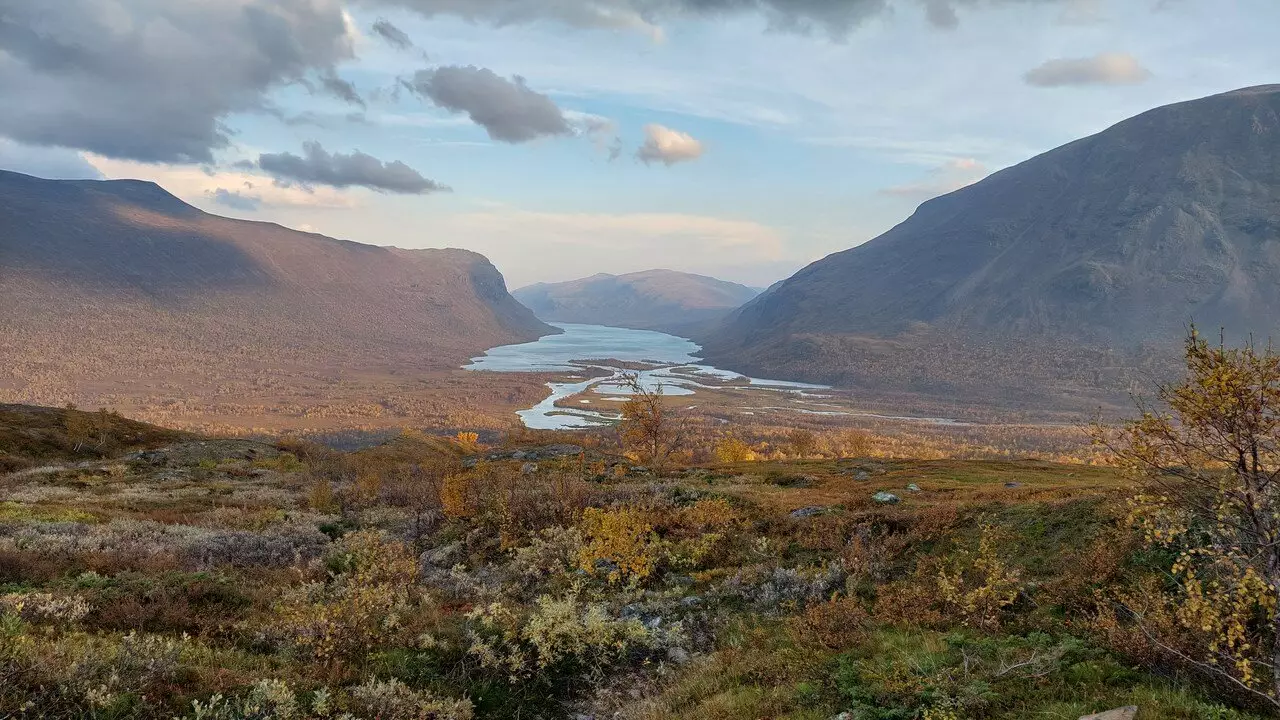In recent years, much of the discourse surrounding climate change has focused on terrestrial ecosystems, often overlooking a critical player in greenhouse gas emissions: inland water bodies, including lakes, rivers, and streams. A study emerging from Umeå University sheds light on this significant but neglected aspect of the carbon cycle that merits greater attention. The findings underscore that carbon fluxes between land and water systems are crucial for accurate climate impact assessments, revealing how diminished focus on this intersection may yield erroneous conclusions about our climate predicament.
Recent research highlights that cold regions, particularly those in the Northern Hemisphere, are warming at unprecedented rates—up to four times the global average. This rapid warming spells trouble not only for these unique ecosystems but also for the global climate. As temperatures rise, they induce substantial greenhouse gas emissions, releasing long-stored carbon trapped in permafrost. The permafrost thawing is particularly concerning because it unlocks vast reserves of methane and carbon dioxide, further reinforcing the cycle of warming.
The importance of understanding this phenomenon is amplified when considering inland waters, as these bodies serve as conduits for transported carbon. Evidence suggests that emissions from lakes and rivers in cold regions exceed previous estimates, indicating that these water systems could counterbalance a significant portion of the carbon uptake achieved through terrestrial ecosystems in colder climates.
A landmark study led by Chunlin Song of Sichuan University and Jan Karlsson from Umeå University, published in *Science Advances*, provides critical insights into this intersection. The researchers analyzed greenhouse gas emissions across over 3,000 lakes and rivers, discovering significant variations based on geographic and hydrologic characteristics. Notably, emissions from rivers were highlighted as particularly consequential, with implications for areas characterized by widespread permafrost.
One of the startling conclusions of this research is the link between thawing permafrost and increased greenhouse gas emissions. As climate warming continues to disrupt these frozen landscapes, the fear is that an uncontrolled release of carbon will exacerbate climate change, creating a cycle that is hard to halt.
Despite the importance of this research domain, Karlsson notes that appraising the carbon dynamics of land and water systems in a cohesive fashion poses significant challenges. High variability in climate conditions and landscape characteristics complicates efforts to generate accurate assessments. Standard methodologies often fail to account for the intricate interactions between terrestrial and aquatic carbon cycles, resulting in misfigurings of emissions and sinks for greenhouse gases.
To navigate these challenges, cohesive research strategies that merge disciplines and methodologies are essential. Karlsson advocates for improved collaboration between ecologists, hydrologists, climatologists, and policy-makers. This integrated approach can yield a better understanding of how carbon moves between reservoirs, enabling more comprehensive climate models.
As we confront the escalating climate crisis, it is clear that a more nuanced understanding of the coupled land-water carbon cycle is crucial. Robust research infrastructures, targeted funding, and interdisciplinary educational programs can foster an environment for the types of integrated studies necessary for unraveling this complex dynamic. By focusing on collaborative measures, scientists can develop models that better incorporate greenhouse gas emissions from inland waters into climate assessments.
As temperatures continue to climb, particularly in sensitive regions, we must not overlook the significant role that inland waters play in greenhouse gas emissions and climate change. The time has come to redirect our assessment lens to encompass these vital ecosystems, ensuring that our understanding of climate change is both accurate and comprehensive. Only then can we hope to develop effective strategies to mitigate the impending impacts of a warming world.


Leave a Reply